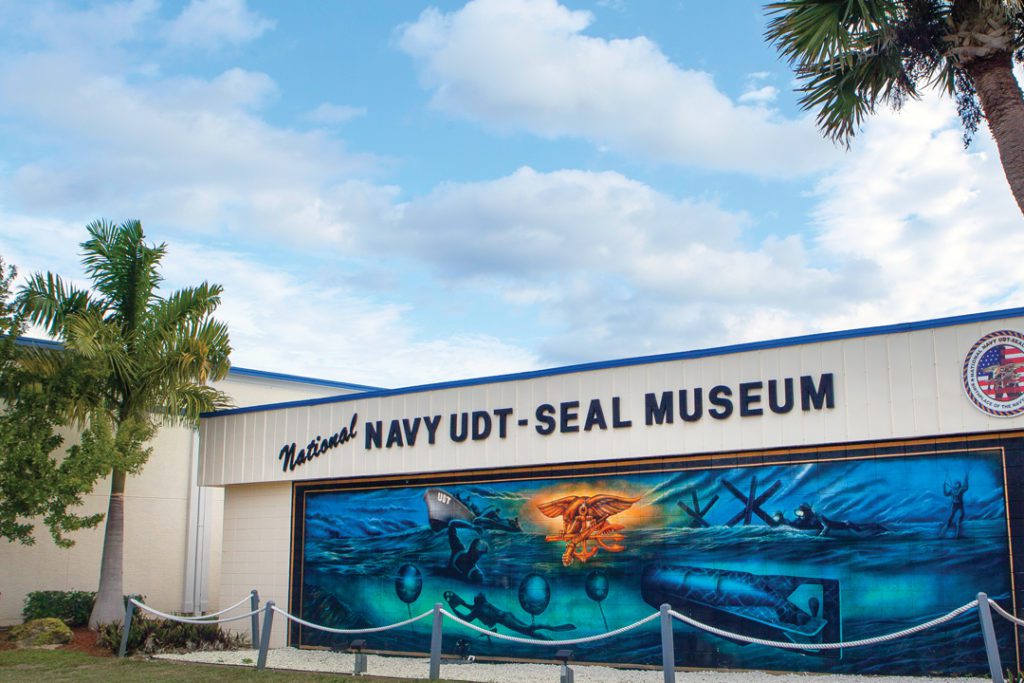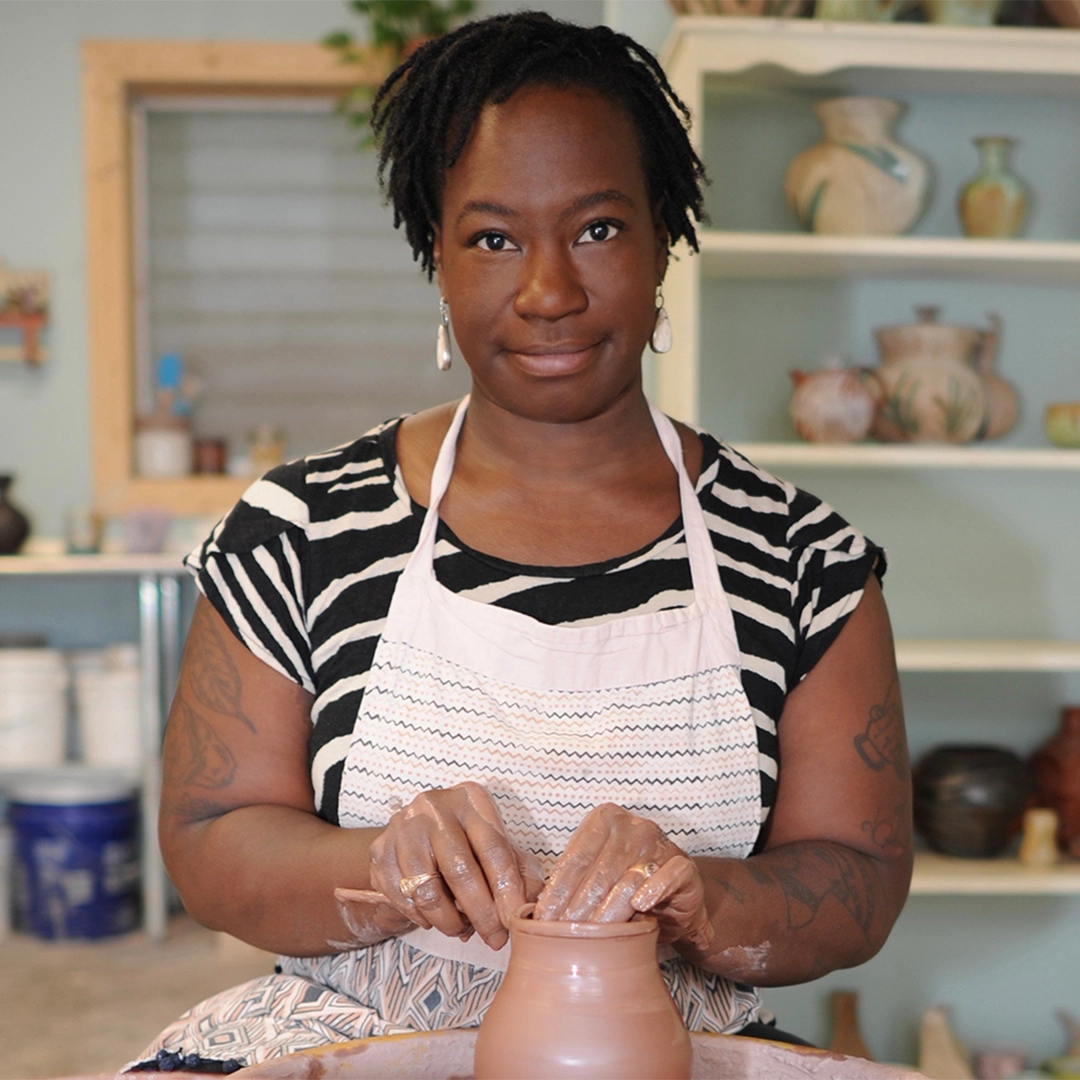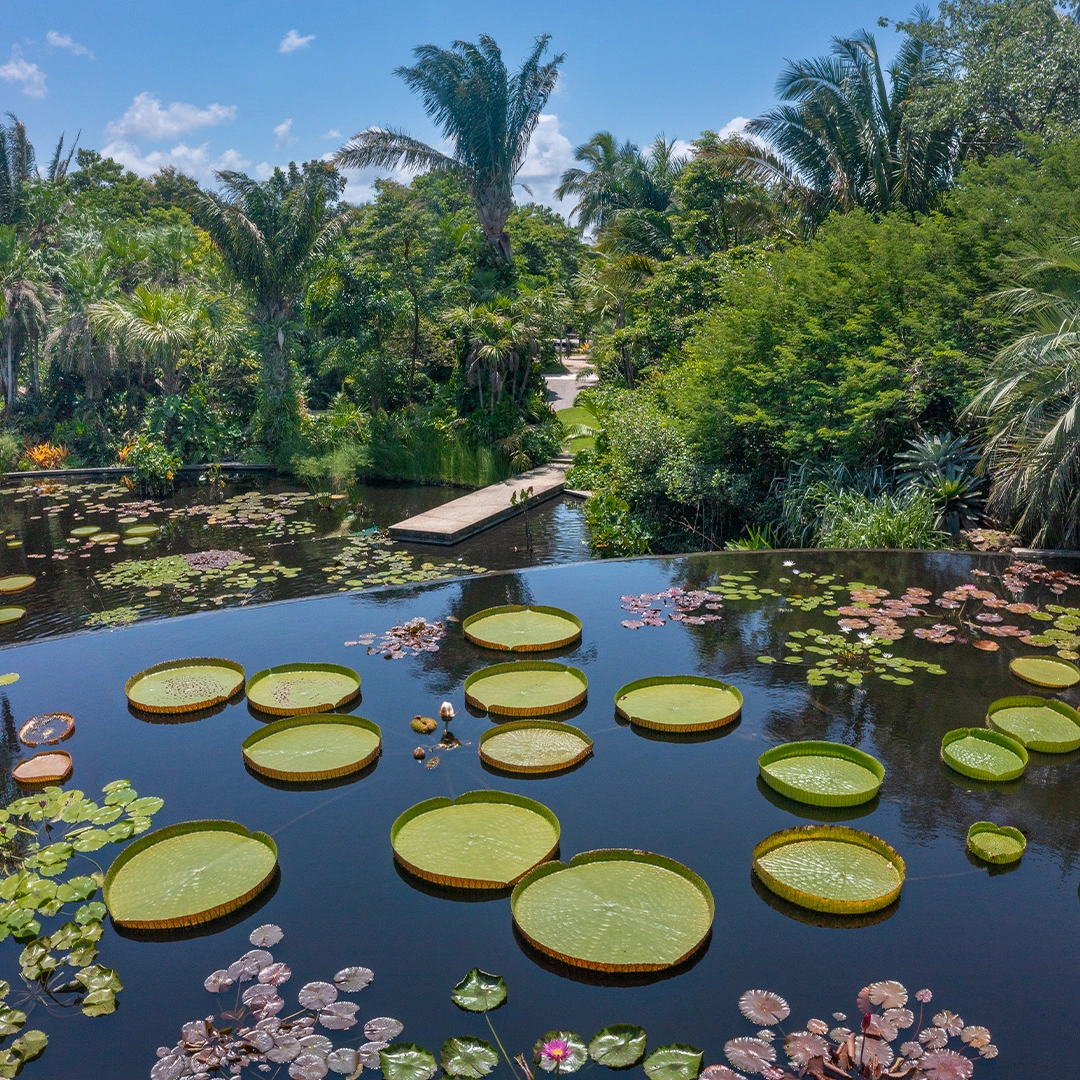by Jeanne Craig | September 23, 2019
A Surprising Marriage of Art and History in St. Lucie
Art can be inspired by anything. In St. Lucie, some of the most spectacular work has been created by those who found beauty and brilliance in the natural environment of this coastal region with a laid-back, Old Florida vibe.
“The undeveloped beaches, the Spanish moss that creates a canopy over the St. Lucie River, the live oaks and mangroves, and the bottlenose dolphin that swim in the Indian River lagoon; all of these things play into the art and culture here,” says Charlotte Lombard Bireley, the Director of Tourism and Marketing for St. Lucie County.

Art lovers visiting the area typically head first for the A.E. Backus Museum and Gallery in downtown Fort Pierce. It’s named after the self-taught American artist and Fort Pierce native, famed for his Florida landscapes. Backus, who began painting in the 1930s and died in 1990, has been called the first artist to really see the subtle beauty of natural Florida. He’s also renowned as a teacher of art. Among his protegees was Alfred Hair, also from Fort Pierce, who became a driving force behind the group of African American artists referred to as “The Florida Highwaymen” in the 1950s.
The museum, located on the waterfront in historic downtown Fort Pierce, boasts the largest collection of Backus originals. The gallery also exhibits work by the Highwaymen and other artists, but mostly it’s dedicated to the work of the man who was named to the Florida Artists Hall of Fame.

Visual art is just one piece of the cultural appeal here. The area has a historical story to share, too. On Hutchinson Island, the National Navy UDT-SEAL Museum draws visitors from around the world. It preserves the history of the original Navy “frogmen” who served in World War II and first trained on the beaches of Fort Pierce. The museum’s collection includes rare artifacts, including World War II-era obstacles used for demolition training prior to the Normandy landings on D-Day.

Another influential artist who lived and worked here was writer and anthropologist Zora Neale Hurston. The author of four novels, including Their Eyes Were Watching God (1937), Hurston’s work portrayed racial struggles in the South in the early 20th century. She died in 1960 and was buried in Fort Pierce. A heritage trail dedicated to Hurston chronicles her life when she lived in Fort Pierce.
St. Lucie has a rich cultural history, but creativity is expressed in real time, too. The Peacock Arts District, named after the plumed birds that have stopped traffic in the streets since the 1970s, has an emerging art scene. Street murals and terra cotta pots painted by local artists add color to the once-empty storefronts and are reinvigorating
the area.
There are quaint mom-and-pop inns as well as popular hotel brands throughout Fort Pierce, Port St. Lucie and Hutchinson Island, so don’t be too quick to leave this chill part of Florida: Reserve time to shop the Farmers’ Market in downtown Fort Pierce every Saturday morning, which has ranked among the best in the country. Food, after all, feeds great art and culture, too.





